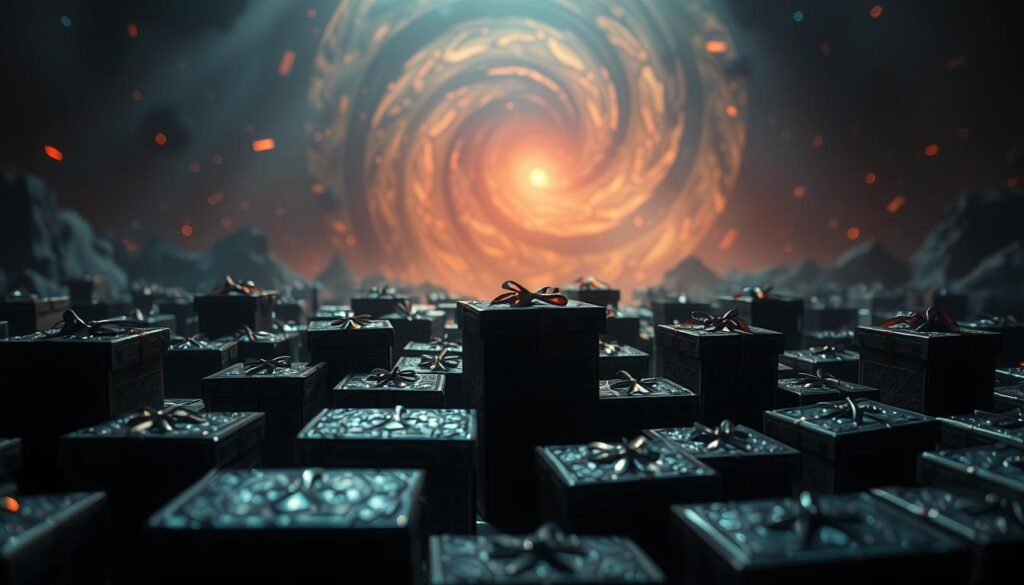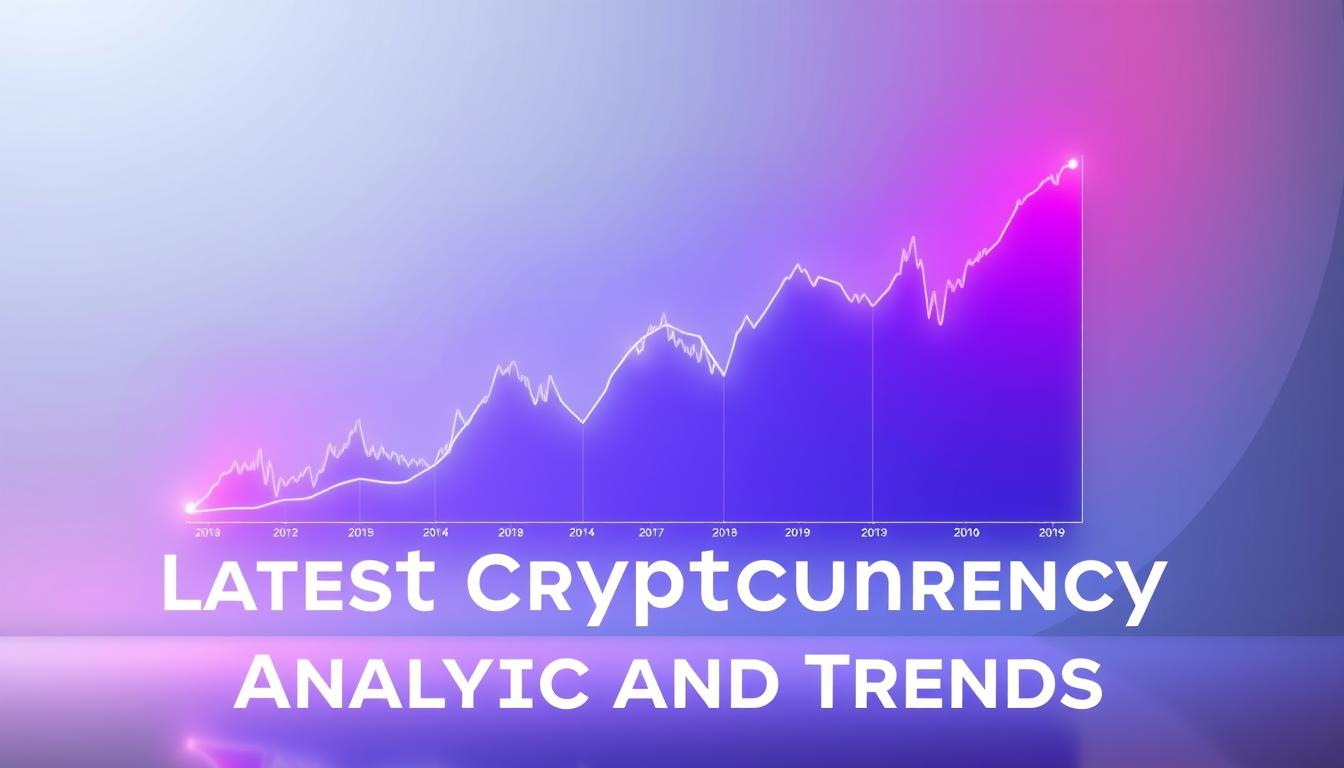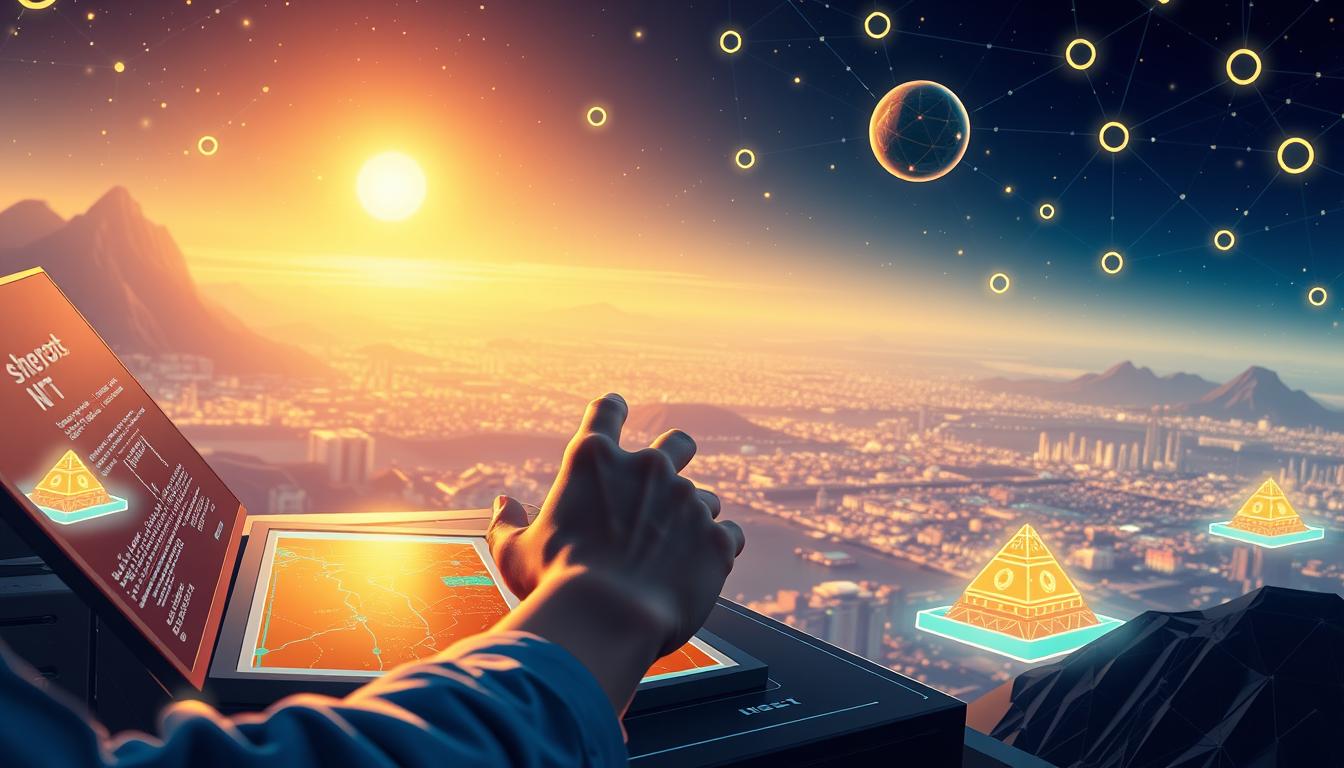Now Reading: NFT integration with metaverse platforms virtual real estate and gaming applications
- 01
NFT integration with metaverse platforms virtual real estate and gaming applications
NFT integration with metaverse platforms virtual real estate and gaming applications
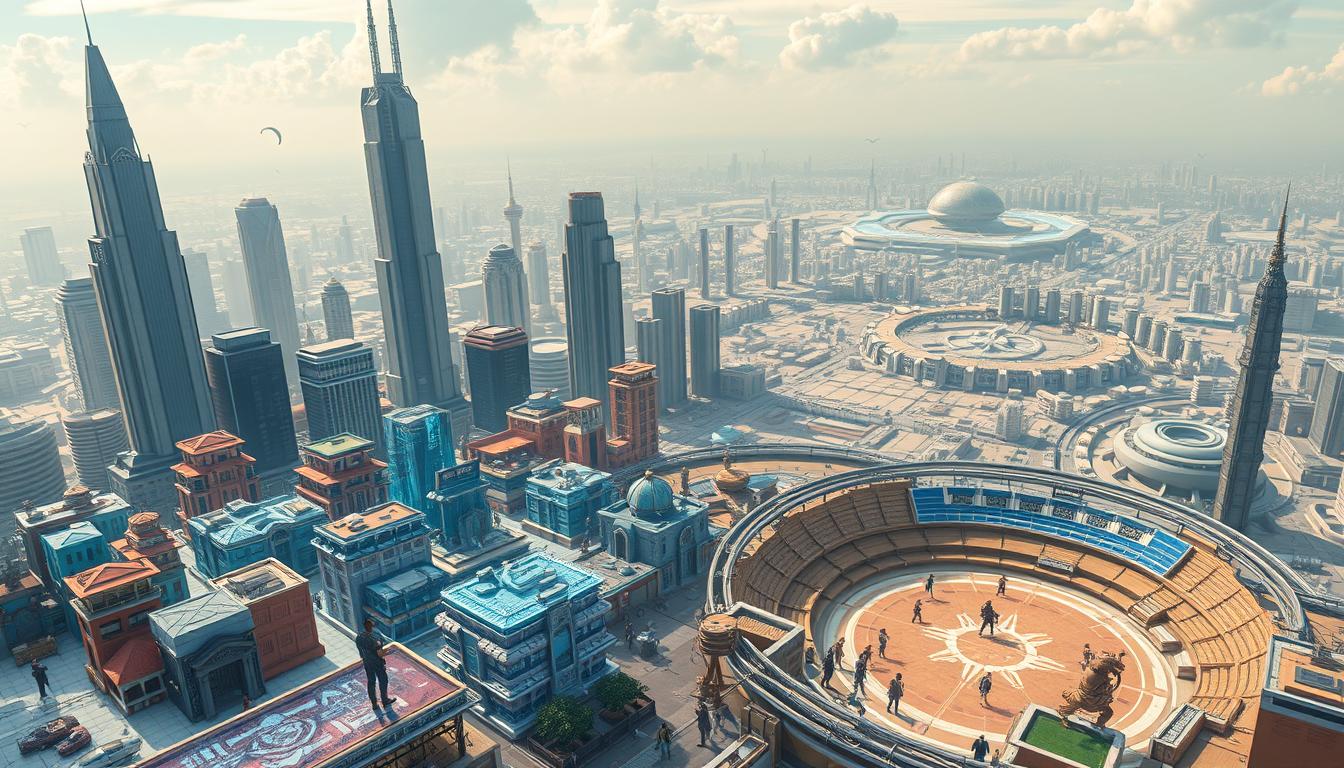
The gaming industry is undergoing a massive evolution. Blockchain innovations now let players claim true ownership of in-game items, characters, and even virtual land. These digital properties exist in persistent online environments, creating economies where users buy, sell, and trade assets securely.
Imagine building a unique gaming experience where every item you design holds real-world value. Blockchain’s decentralized structure ensures transparency, letting users verify transactions without middlemen. This shift empowers creators and players alike, turning hobbies into potential income streams.
Developers are leveraging smart contracts to automate ownership transfers and enforce rules across platforms. These tools reduce fraud risks while enabling cross-platform compatibility. For businesses, this opens doors to engage global communities through immersive experiences.
Key Takeaways
- Blockchain technology enables verifiable ownership of in-game items and virtual spaces.
- Smart contracts automate transactions and ensure consistent rules across platforms.
- Market trends show growing demand for user-driven digital economies.
- Creators can monetize unique experiences while players gain tradable assets.
- Businesses must adapt strategies to leverage decentralized opportunities effectively.
Introduction to NFTs and the Metaverse Landscape
The digital world is redefining ownership. Non-fungible tokens (NFTs) act as certificates of authenticity for unique items, from artwork to interactive spaces. These tokens thrive in decentralized environments where users control their data and assets.
Overview of Virtual Real Estate and Gaming
Spaces like Decentraland and The Sandbox let users purchase plots of land using blockchain. These parcels function like physical property—owners build, rent, or sell them. Scarcity and location drive value, just as in traditional markets. For example, a prime waterfront plot might cost more than a remote area.
Setting the Stage for NFT Innovation
Blockchain’s security ensures every transaction is traceable. This builds trust in digital economies. Gamers now own characters and tools permanently, even across platforms. Creators profit directly from their designs without intermediaries.
| Feature | Traditional Digital Items | NFT-Based Assets |
|---|---|---|
| Ownership | Controlled by platforms | User-owned via blockchain |
| Transferability | Restricted to single games | Cross-platform compatibility |
| Value Drivers | Limited by game rules | Market demand & utility |
Businesses and artists are entering these spaces to monetize experiences. A concert in a virtual arena or a branded game item can generate real revenue. The blend of creativity and technology fuels this evolution.
Understanding Blockchain Technology in Digital Assets
Blockchain is reshaping how we interact with digital content through unbreakable security and transparent record-keeping. This decentralized system acts like a public ledger, tracking every transaction while preventing tampering. Its applications extend far beyond cryptocurrencies, powering true ownership models for unique items in digital spaces.
Digital Scarcity and True Ownership
Blockchain creates artificial rarity by limiting how many copies of an item exist. A digital painting might be one-of-a-kind, while game characters could have 100 unique variants. This scarcity mimics rare physical collectibles, driving value through exclusivity.
Ownership isn’t just claimed—it’s proven. Every asset ties to a blockchain record showing purchase history and authenticity. You truly possess what you buy, unlike traditional digital items controlled by companies.
How Smart Contracts Empower Transactions
These self-executing agreements automate complex deals without middlemen. Key advantages include:
- Automatic royalty payments to creators on resales
- Instant transfers when payment conditions meet
- Custom rules like usage rights or expiration dates
For example, an artist earns 10% every time their work changes hands. This system builds trust while reducing fees and delays common in traditional markets.
Exploring the Evolution of Virtual Real Estate in the Metaverse
Digital landscapes are no longer just playgrounds—they’re economic powerhouses. Platforms like Decentraland and The Sandbox have turned land parcels into high-value assets, with some selling for over $1 million. These spaces function as blank canvases where users construct businesses, host concerts, or design interactive galleries.

Location matters here as much as in physical cities. Parcels near popular hubs or event spaces attract higher prices. For example, a plot adjacent to a virtual stadium might cost 3x more than one in a quiet zone. Scarcity fuels value, with limited prime spots available in thriving worlds.
Corporate brands are rushing to claim territory. Fashion labels build digital stores, while tech firms host VR conferences on their plots. This isn’t just advertising—it’s a revenue stream. Owners lease spaces or charge entry fees for exclusive experiences tied to NFT access passes.
| Factor | Physical Real Estate | Digital Land |
|---|---|---|
| Ownership Proof | Deeds & Titles | Blockchain Records |
| Revenue Models | Rent/Sales | Events, Ads, Subscriptions |
| Appreciation Drivers | Infrastructure | User Traffic & Activity |
Investors apply traditional strategies—buying undervalued areas before development spikes. Others focus on long-term holds in established zones. As platforms introduce zoning rules, early adopters gain advantages by shaping how these real estate markets mature.
Unpacking the Impact of NFTs on the Gaming Economy
Digital economies within games are rewriting the rules of engagement between players and developers. By merging blockchain capabilities with interactive entertainment, users now control assets that hold tangible value beyond single platforms. This shift has birthed new economic models where participation directly translates to earning potential.
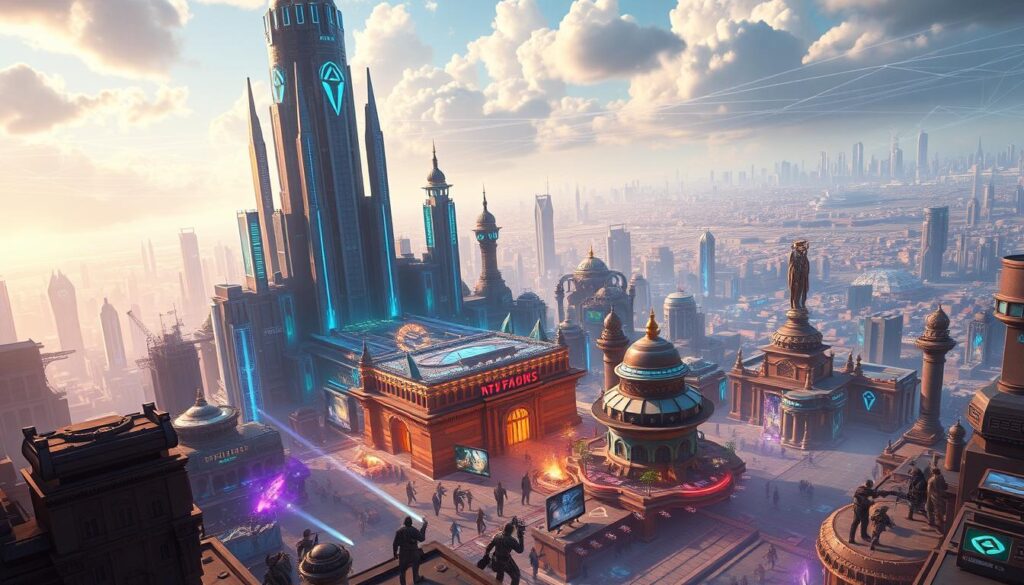
Play-to-Earn Models and Market Dynamics
Play-to-earn systems let gamers convert time and skill into rewards. Titles like Axie Infinity allow users to breed, battle, and trade digital creatures as verifiable assets. Rare items—such as limited-edition weapons or character skins—gain value through scarcity and utility, creating thriving secondary markets.
Demand often spikes for assets that enhance gameplay or status. A sword with unique abilities might sell for thousands, while cosmetic items attract collectors. These dynamics mirror real-world markets, where supply, demand, and perception dictate prices.
Developer Opportunities and Community Rewards
Creators now earn through multiple channels: initial sales, transaction fees, and royalties. Smart contracts ensure ongoing revenue when items resell. This model encourages continuous innovation, as developers benefit from long-term ecosystem growth.
Communities thrive through loyalty programs. Dedicated players receive exclusive items or voting rights in platform decisions. Streamers and content creators monetize tutorials or tournaments, building careers around popular titles.
This evolution transforms gaming from a hobby into a viable economic engine. Players gain financial agency, while developers cultivate engaged, invested audiences. The result? Sustainable ecosystems where value flows both ways.
NFT integration with metaverse platforms virtual real estate and gaming
Bridging blockchain-powered ecosystems demands robust technical frameworks. Seamless connectivity between gaming engines, decentralized networks, and interactive spaces ensures players enjoy uninterrupted access to their digital assets. This interoperability lets rare swords from one game appear as gallery pieces in another world.
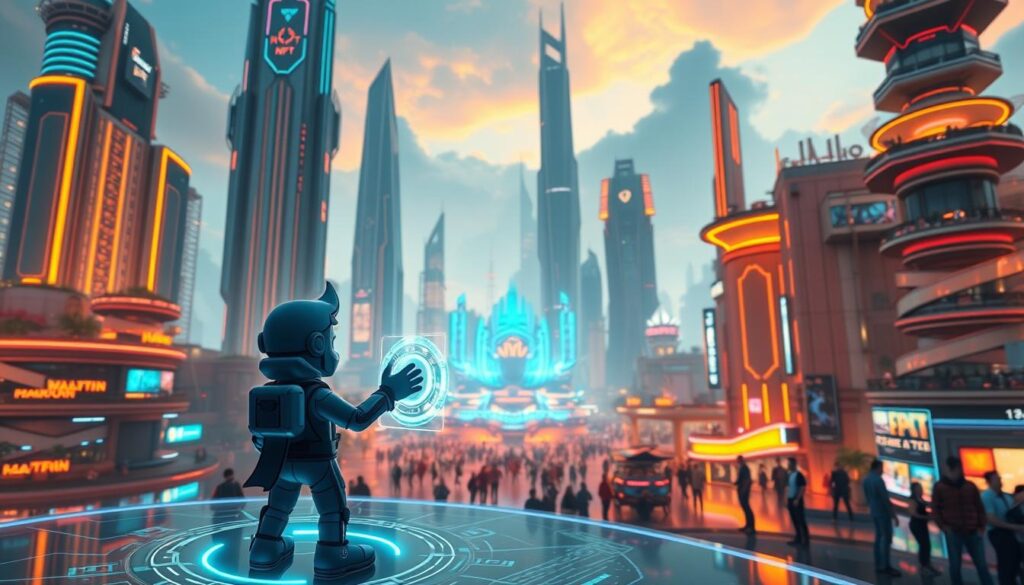
- Reducing transaction delays during peak activity
- Simplifying wallet setups for mainstream users
- Ensuring items function across different engines
Smart contracts solve payment splits automatically. A designer earns 5% royalties each time their armor set resells, while businesses track campaign performance through NFT engagement metrics.
Tools like Unity’s blockchain SDK help studios add ownership features without coding expertise. Partnerships with marketplaces streamline asset listings, letting creators focus on innovation rather than logistics.
Security remains paramount. Regular audits protect against exploits that could wipe out player inventories. As these systems mature, they’ll unlock new ways to blend entertainment, commerce, and self-expression.
Leveraging Virtual Worlds for In-Game Items and Experiences
Players now wield unprecedented control over their digital possessions. Blockchain-powered environments let users collect, modify, and trade assets that persist across multiple titles. These persistent items—like legendary swords or exclusive skins—retain their value and utility wherever they travel.
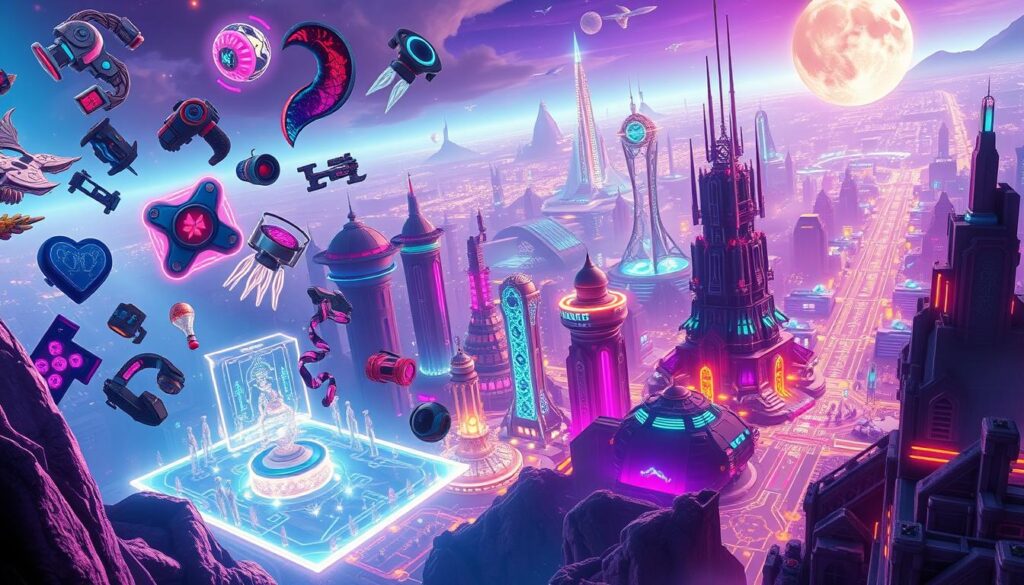
Benefits for Players and Gaming Communities
True ownership changes how gamers interact with their favorite titles. Rare gear becomes more than pixels—it’s a tradable commodity. Players build reputations through unique collections, while communities reward teamwork with special perks or voting rights.
Economies flourish when users set market rules. Scarcity drives demand for limited-edition items, creating opportunities for profit. Collaborative events strengthen bonds, as groups work toward shared goals to unlock exclusive content.
Social spaces thrive when achievements translate into visible rewards. Showcasing rare assets becomes a status symbol, encouraging friendly competition. These systems turn casual players into invested stakeholders, boosting long-term engagement across worlds.
Augmented and Virtual Reality Innovations in the Metaverse
Emerging technologies are bridging physical and digital realms, creating layered environments where creativity meets utility. Wearable devices and advanced interfaces transform how users engage with persistent online spaces, turning passive consumption into active participation.
Enhancing Immersive Gameplay
VR headsets let players touch and rotate 3D assets like never before. Haptic gloves simulate texture, while spatial audio adds depth to interactions. Imagine testing a rare sword’s weight or admiring a digital sculpture from all angles.
AR overlays unlock fresh possibilities. Display virtual art in your living room or project game characters onto sidewalks. Voice commands add natural control—ask your avatar to equip armor or navigate menus hands-free.
These tools democratize access to complex systems. Simplified hardware setups and cross-device compatibility let casual users join experiences once reserved for tech enthusiasts. As barriers fall, communities grow, fueling collaborative projects and shared economies.
The future shines brightest where technology amplifies human connection. From concert VIP perks to interactive galleries, every innovation strengthens the bond between creators and their audiences.




